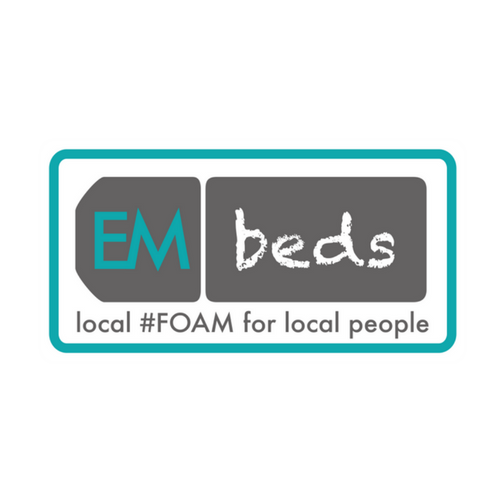Delirium is one of a number of geriatric syndromes and has significant associated morbidity and mortality.
3 subtypes of delirium
- Hyperactive – easies to spot, one we are most familiar with. Characterised by agitation/aggression/hallucinations “the non cooperative patient”
- Hypoactive – harder to spot. Characterised by drowsiness, less responsive, vacant, sleeping more at home
- Mixed
Remember there is NO SUCH THING AS A “POOR HISTORIAN” !! – Just a poor clinician! If your patient is not cooperating and can’t tell you very much then you need to find out why!!!
Diagnosis
Any patient aged over 75 who attends the ED must have a 4AT score performed. This also includes ALL patients with a diagnosis of dementia as they are at high risk of developing a delirium. Collateral history very important, especially in context of dementia. This may be difficult but do your best to find out.
The 4AT score – sheet here
- Alertness
- Normal (through out assessment fully alert and not agitated) – Score 0
- Mild sleepiness for <10s after waking then normal – Score 0
- Clearly Abnormal – Score 4
- AMT4 – Age, date of birth, place (name of the hospital or building), current year.
- 0 Mistake – Score 0
- 1 Mistake – Score 0
- 2 or more Mistakes – Score 2
- Attention – Ask the patient: “Please tell me the months of the year in backwards order, starting at December.”
- Achieves 7 or more months correctly – Score 0
- Under 7 months OR refuses to start – Score 1
- Untestable (Cannot start as; unwell, drowsy, inattentive) – Score 2
- Acute Change/Fluctuating – Evidence of significant change or fluctuation in: alertness, cognition, other mental function (eg. paranoia, hallucinations) arising over the last 2 weeks and still evident in last 24hrs
- No – Score 0
- Yes – Score 4
Sum the 4AT scores
- 4 or above: possible delirium +/- cognitive impairment
- 1-3: possible cognitive impairment
- 0: delirium or severe cognitive impairment unlikely (but delirium still possible if [4] information incomplete)
Investigation – Think about the cause!
- Drugs– polypharmacy
- Trauma – ensure CT head performed in line with NICE guidance if suspected head injury. Do not need to routinely perform CT head in department for confusion in general unless clearly suspected intracranial cause
- Electrolyte disturbance – ensure review of U&Es before transfer or discharge. Remember sudden changes are more likely to produce problems than slower ones
- Hypoxia
- CCF/MI
- Pain – ensure has had consideration of analgesia
- Infection
DO NOT JUST PRESUME UTI – be #Urosceptical
- Asymptomatic bacteruira in elderly is common.
- Follow guidance below
Symptoms
- Abdominal pain
- Unexplained fever
- Offensive urine
- Dysuria
- Frequency

Adapted from the RCEM silver book
Management
- Document delirium as an ED diagnosis
- Document 4AT score in your notes
- Treat the cause if you have identified it
- Avoid use of sedative agents if behaviour challenging unless absolutely necessary – see Acute Behavioural Disturbance / Excited Delirium
